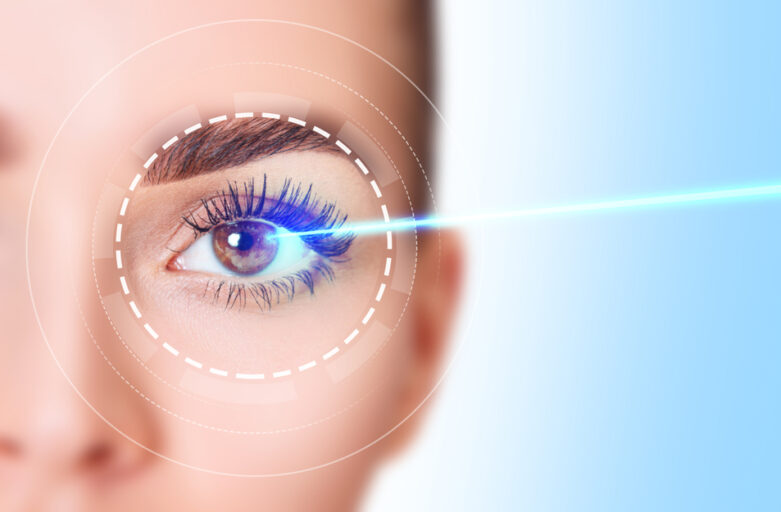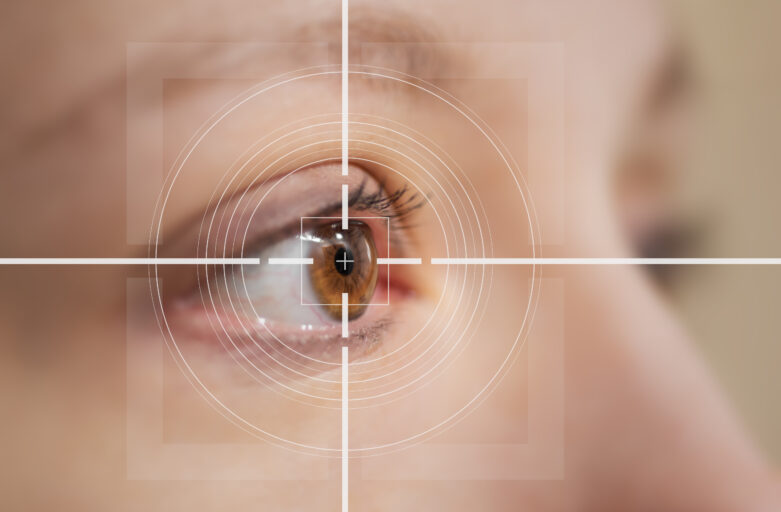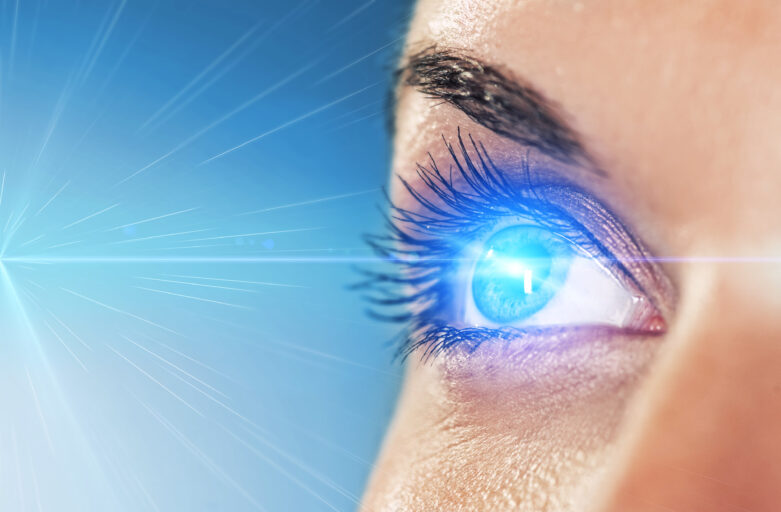If you’ve chosen Fortified LASIK with Dr. Brian, you’ve taken a major step toward clearer, sharper vision with minimal downtime. At Boxer Wachler Vision Institute, you receive advanced care that blends experience with precision, helping you feel confident and supported every step of the way. Here’s what your first year after LASIK may look like and how to best navigate it.
Immediately After Surgery
In the hours following your LASIK procedure, your eyes may feel slightly gritty or watery, and your vision could be hazy. Rest is critical during this time—plan to go home and keep your eyes closed as much as possible for the first few hours. Avoid rubbing your eyes, and use prescribed eye drops to manage dryness and reduce the risk of infection.
Most people return to their usual routines within a day or two, though you’ll want to avoid strenuous activity and direct sunlight for at least the first week. Protective eyewear may also be recommended during sleep to prevent accidental contact.
First Few Weeks: Healing and Adjustment
By the end of your first week, your vision should be noticeably clearer, though you may still experience mild glare or halos, especially at night. These effects typically diminish over time. Your eyes will continue to adjust, and it’s normal to experience fluctuations in clarity for several weeks.
Keep up with your follow-up appointments so your surgeon can monitor progress and address any concerns promptly.
Vision Stabilizes
Most patients have vision stabilize over a few weeks, but people may take longer. If your work involves screens or driving at night, be attentive to how your vision responds and report any significant changes to your doctor.
Protect your eyes with sunglasses outdoors to minimize UV exposure.
Long-Term Benefits
As the year progresses, the initial side effects typically fade. Night vision disturbances, if present, usually resolve. Your eyes will continue to strengthen, and any lingering dryness should lessen. Regular check-ins with your eye care provider remain important to ensure lasting results and eye health.
For some, minor touch-ups may be considered if optimal clarity isn’t fully achieved. Most people, however, enjoy stable, unaided vision with no need for glasses or contacts.
Ready for Clearer Vision? Contact Boxer Wachler Vision Institute
Choosing the right LASIK provider makes a difference in both your experience and your results. At Boxer Wachler Vision Institute in Beverly Hills, California, Dr. Brian offers expert care and advanced techniques tailored to your unique vision needs. To learn more about your LASIK recovery or schedule a consultation, call 310-860-1900.










